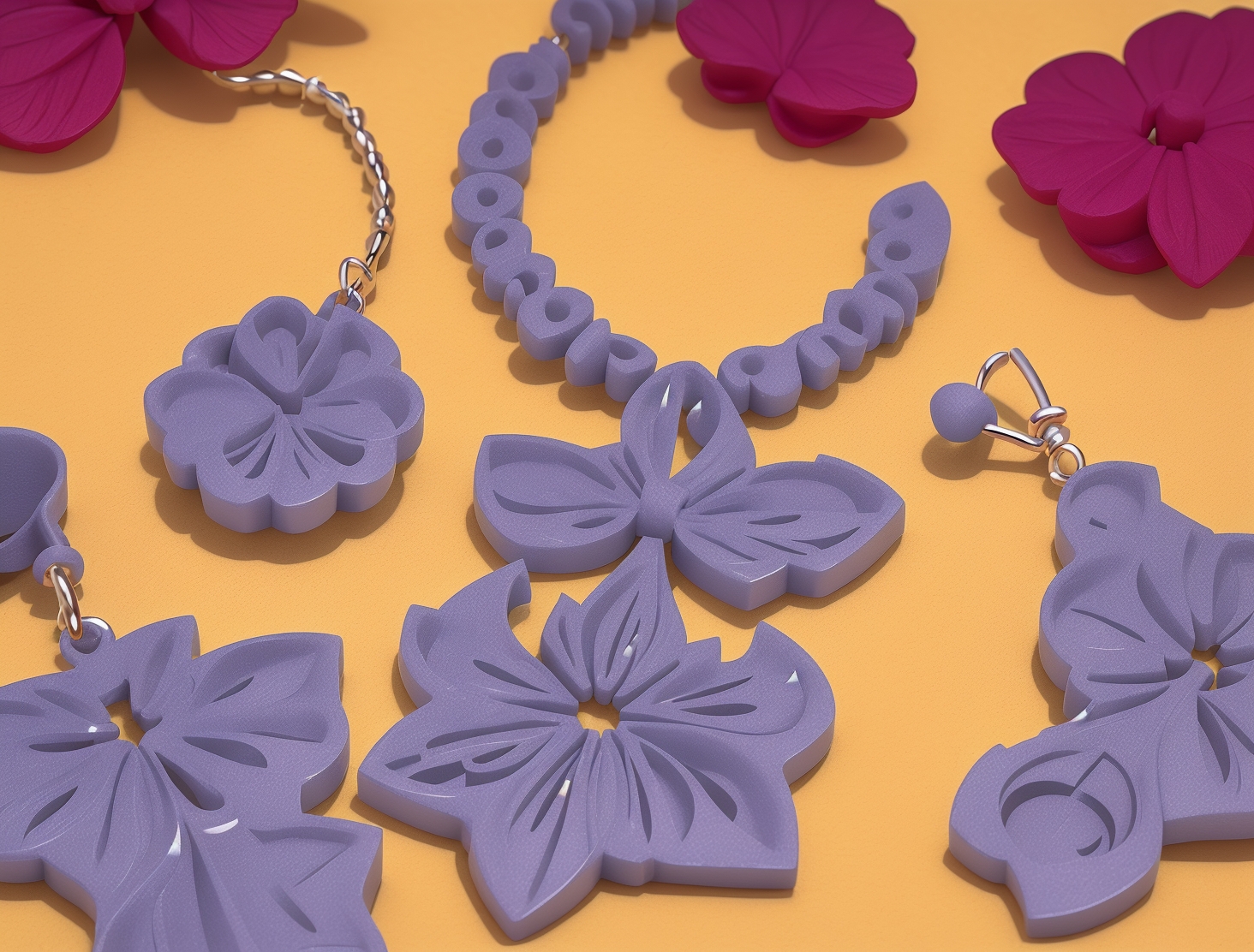3D Printing Jewelry: Techniques for Creating Custom Designs
3D Printing Jewelry: Techniques for Creating Custom Designs
The jewelry industry has embraced 3D printing as a powerful tool for crafting intricate, custom designs with a level of precision that traditional methods cannot achieve. This technology has revolutionized how jewelers approach the design and production process, offering new possibilities for personalization, prototyping, and high-quality craftsmanship. In this article, we will explore the various 3D printing techniques used in jewelry creation, their benefits, and how they are transforming the industry.
1. Benefits of 3D Printing in Jewelry Design
3D printing has brought a range of advantages to the jewelry-making process, including:
Customization: Jewelers can now easily create custom jewelry pieces tailored to individual customer preferences. From unique engagement rings to personalized pendants, 3D printing enables limitless design flexibility.
Precision and Detail: Using 3D printing, even the most intricate designs can be produced with high precision, allowing for complex geometries and fine details that would be challenging to achieve by hand.
Cost-Effective Prototyping: Creating a prototype for a custom design used to be an expensive and time-consuming process. With 3D printing, jewelers can quickly produce prototypes at a fraction of the cost, helping clients visualize the final product before committing to production.
2. 3D Printing Techniques in Jewelry
There are several 3D printing technologies and methods used to create jewelry. Each technique offers unique advantages depending on the desired materials, level of detail, and type of design. Here are the most commonly used techniques in the jewelry industry:
Stereolithography (SLA): SLA 3D printers use a liquid resin that is cured by a laser to create highly detailed and smooth objects. This method is ideal for creating custom jewelry prototypes and master models, which can later be cast using traditional methods.
Direct Metal Laser Sintering (DMLS): This technique allows jewelers to 3D print metal jewelry directly from metal powders like gold, silver, or titanium. DMLS is perfect for creating intricate, lightweight designs without the need for molds.
Fused Deposition Modeling (FDM): Although more commonly used in other industries, FDM can be employed for jewelry prototyping with certain materials like wax filaments. This technique is often used for creating models that are later cast in metal.
Lost-Wax Casting: While not purely a 3D printing process, lost-wax casting is frequently used in conjunction with 3D printed wax models. In this method, a wax model is printed using SLA or FDM, encased in a mold, and then burned away, leaving a cavity that is filled with molten metal to form the final piece.
3. Popular Materials for 3D Printed Jewelry
3D printing offers a variety of materials that can be used in jewelry creation, depending on the design and method. Some of the most commonly used materials include:
Resin: Commonly used in SLA printing, resin is excellent for creating highly detailed prototypes and molds. It provides a smooth finish and is easy to work with for intricate designs.
Metals: With DMLS, jewelers can print in a range of metals, including gold, silver, platinum, and stainless steel. This technique allows for direct production of metal jewelry without the need for casting.
Wax: Wax filaments are often used in FDM printing for the creation of lost-wax casting models. This allows for a combination of modern and traditional methods to produce fine jewelry.
4. Customization and Personalization
One of the biggest advantages of 3D printing in jewelry is the ability to offer fully custom designs. With CAD software and 3D printing, customers can participate in the design process, choosing from a wide range of styles, shapes, and materials to create a truly unique piece. Whether it’s a bespoke wedding ring or a personalized necklace, 3D printing allows for infinite creative possibilities.
5. Streamlining the Production Process
Traditional jewelry-making methods can be labor-intensive and time-consuming, often involving multiple steps from design to production. 3D printing streamlines this process by reducing the time needed for prototyping and manufacturing. This efficiency enables jewelers to take on more custom orders while maintaining a high level of craftsmanship and quality.
6. The Future of 3D Printed Jewelry
As 3D printing technology continues to advance, its applications in the jewelry industry will likely expand even further. Innovations in metal 3D printing, multi-material printing, and sustainable practices are opening up new possibilities for jewelers and designers to push the boundaries of what can be achieved. 3D printing jewelry is not only a trend but a permanent fixture in the future of custom design and manufacturing.
Conclusion
3D printing has revolutionized the jewelry industry by offering unprecedented levels of customization, precision, and efficiency. Whether creating a prototype, producing a custom piece, or designing intricate patterns, 3D printing techniques have become an essential tool for modern jewelers. As the technology evolves, the possibilities for 3D printed jewelry will continue to grow, making it easier than ever to turn creative visions into reality.



